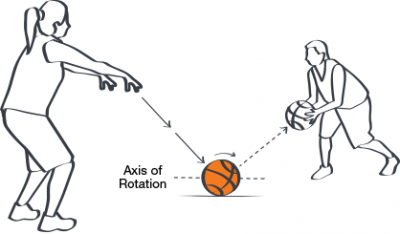
Behind the title-winning or record-breaking kick, hit, home run, or throw, we can uncover the mystery of maths in sports.
Sprinter Usain Bolt’s world record of completing a 100-mt race in 9.58 seconds; cricketer Don Bradman’s batting average of 99.94; and swimmer Michael Phelps’ overall tally of 28 Olympic medals are a few statistics that indicate athletic brilliance. However, if you think about it, statistics is just one mathematical topic used in sports. For athletes, timing is everything. From finding the right corner of the goal to identifying the perfect arm angle to create history, most successful sportspeople are secret mathematicians at heart.
Let’s look at five interesting aids that maths provides in sports:
1. Geometry of angle and elevation: What did David Beckham do to bend a ball? Well, timing and probably his foot staying at the perfect angle to execute that shot. If you observe his old videos, and understand the angle and the timing of the perfect free kick, then you too can bend it like Beckham!
2. The art of gaining body agility: It is important to preserve balance when you jump, spin, and dive in a pool or flip and spin effectively while performing gymnastics. The athletes must learn to be symmetrically aligned and distribute body mass. Olympics 2020’s javelin throw gold medallist Neeraj Chopra’s speed of projectile was calculated to be 105.52 kmph. This was a result of years of practice to acquire the posture and position to throw the javelin with the right force in the right direction and at the right angle.
3. Assess the teams and schedule tournaments: Graph theory uses geometrical diagrams to come up with the number of people or teams in a tournament along with the permutation and combination of teams that will compete with each other. For example, the FIFA World Cup based on the number of teams, the match schedule is decided such that all teams play a certain number of matches and each team gets an evenly distributed resting period.
4. Collecting data and keeping scores: You can calculate the trajectory of a running course by taking into consideration the distance of the race, lung capacity, energy intake, propulsion force, and friction. Maths is part of statistical information-from collecting data for analysis and monitoring the ongoing game to measuring the world records, which impact practice, performance, and – results in the sports world.
5. Player selection vis-a-vis budget management: Heard of Moneyball or The Art of Winning an Unfair Game? The book-turned-movie is based on the real-life story of the Oakland Athletics baseball team where the club manager and a baseball executive used equations and statistics to determine the value of players. They calculated wins needed for the postseason and runs required by using the Pythagorean theorem. In 2002, the team won the American League West Division, with a record of 103-59.
It’s intriguing how maths can flip numbers and change the course of a game-from applying human intelligence or sports tech to planning tactics and predicting upcoming playoffs. Behind every title-winning or record-breaking kick, hit, home run, or throw, we can uncover the mystery of maths in sports!
Picture Credit : Google




